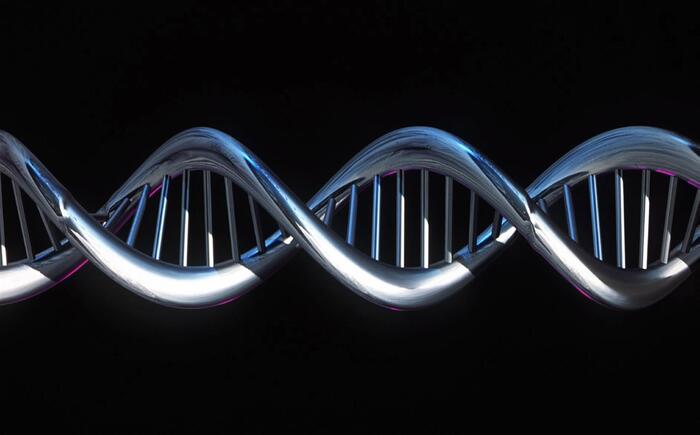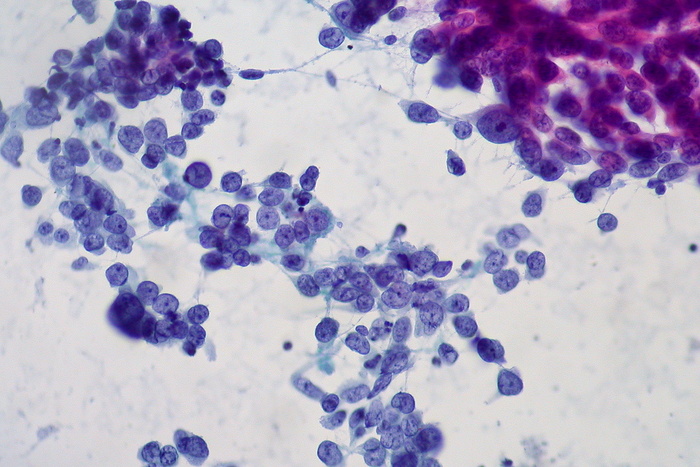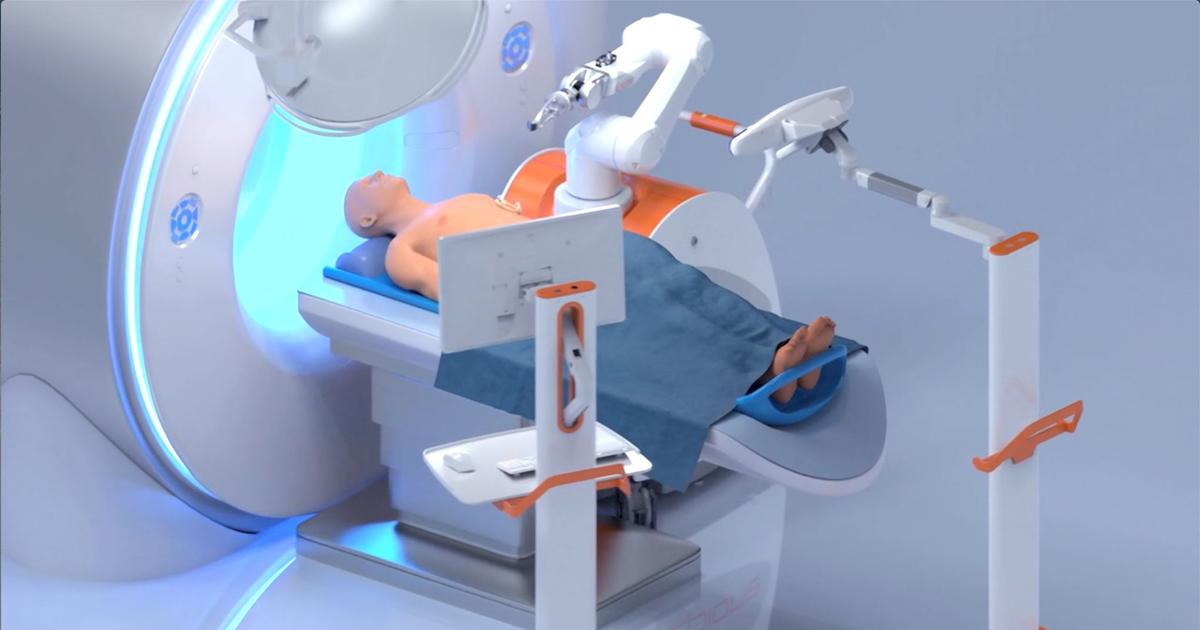A
new algorithm
has made it possible to
discover
that several
genetic mutations typical of cancer
are already present
in many cells in the vicinity of a tumor that are considered healthy
, thus identifying those that are likely to get sick.
A real genetic map that could prove invaluable for making more and more early diagnoses and also for deciding which region of the tumor to target treatments, increasing its effectiveness.
It was developed thanks to a study published in the journal Nature and led by Oxford University and the Royal Technological Institute (Kth) of Stockholm which, with an innovative technique, sheds new light on how diseased cells are born, grow and change over time. .
Current techniques for studying the genetics of cells within tumors involve taking a sample in order to perform a DNA analysis.
The weakness of this method is that it only provides a partial snapshot of the tumor under consideration.
To overcome the problem, the researchers, led by Andrew Erickson of the University of Oxford and by Mengxiao He and Emelie Berglund of KTH, used a new technique that allows us to see what genetic changes occur within cells without breaking the tissue that occurs. wants to examine.
"We still have a lot to learn about what cellular changes cause cancer and how it begins," says Alastair Lamb of Oxford, co-author of the study.
"One thing we're pretty sure about is that it all starts with genetic mutations."
By analyzing more than 150,000 regions from cancers of the prostate, breast, skin and even lymph nodes and brain, the study authors developed an algorithm that is able to track groups of cells with similar genetic changes and also to locate their exact position, obtaining a real genetic map of the tumors.
"Mapping thousands of tissue regions in a single experiment is an unprecedented approach, the goal of which is to try to unravel the complexity of tumors," says Joakim Lundeberg of KTH, one of the authors of the study.
"We have never had this level of resolution available before and this new approach has revealed some amazing results," Lamb comments again.
"For example, we found that many mutations that we thought were linked specifically to cancer are actually already present in benign tissue. This has big implications for diagnosis - Lamb adds - and also potentially for deciding which parts of the cancer need to be treated."







